Sovereign state United Kingdom Area rank 13th | Area 1,318 km² | |
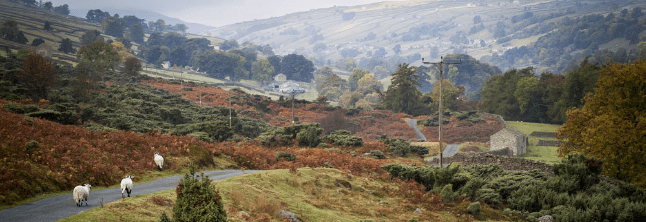 | ||
Region | ||
Mark whyman addresses richmondshire district council
Richmondshire is a local government district of North Yorkshire, England. It covers a large northern area of the Yorkshire Dales including Swaledale and Arkengarthdale, Wensleydale and Coverdale, with the prominent Scots' Dyke and Scotch Corner along the centre. Teesdale lies to the north. It is larger than four of the English counties, such as Berkshire.
Contents
- Mark whyman addresses richmondshire district council
- Richmondshire district council planning committee
- History
- Ecclesiastical divisions
- Modern history
- Settlements
- References
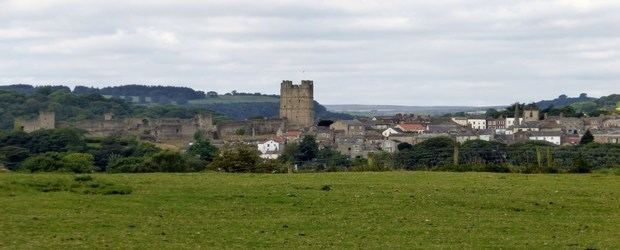
Richmondshire district council planning committee
History
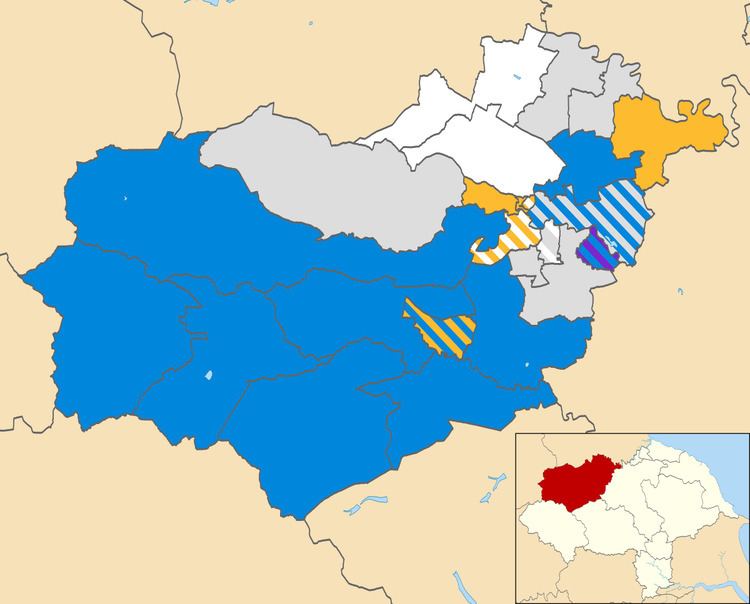
The history of this district in antiquity is not well known, but the closest important Roman settlement was at Catterick in what became known as Rheged, site of the Battle of Catterick. At the terminus of Scandinavian York, there was a local bout of rebellion in Stainmore, which resulted in the death of Eric Bloodaxe. The Scandinavian settlement of this area was eastwards from the Irish Sea with names such as Gilpatrick in Middleham and Thorfinn in Bedale occurring at the time of the Domesday Book. At the time of the Norman Conquest it was the Fee of Gillingshire, held by Edwin, Earl of Mercia. Gillingshire was made up of the Borough of Richmond and five wapentakes of Gilling West, Gilling East, Hang West, Hang East and Hallikeld. After the Harrying of the North, the land became capital of the Duchy of Brittany's Honour of Richmond (first as a barony, then a county and later a dukedom).

The Honour of Richmond was one of the three largest lordships created by William the Conqueror. King William granted it to his double-second-cousin, Alan the Red, the leader of the Bretons in England and a cousin of Hawise, Duchess of Brittany.
According to the Register of the Honour of Richmond, the official transfer of the lands of Earl Edwin (Richmondshire) occurred at the "Siege of York" in 1068 or early 1069. Edwin's brother Morcar, Earl of Northumbria, lost his title to Robert Commines on 28 January 1069 and also lost lands to Count Alan following the brothers' participation in the northern rebellion of 1068. A charter of Count Alan Rufus's dated before 1086 states that he obtained the honour with the help of Queen Matilda. Alan had many other English estates, and by the time of the compilation of the Domesday Book he was one of the richest and most powerful barons. He died in 1093 and was succeeded by two of his brothers in turn. The family held on to this estate until 1399. Work on Richmond Castle started in 1071 after the northern rebellions had died down.
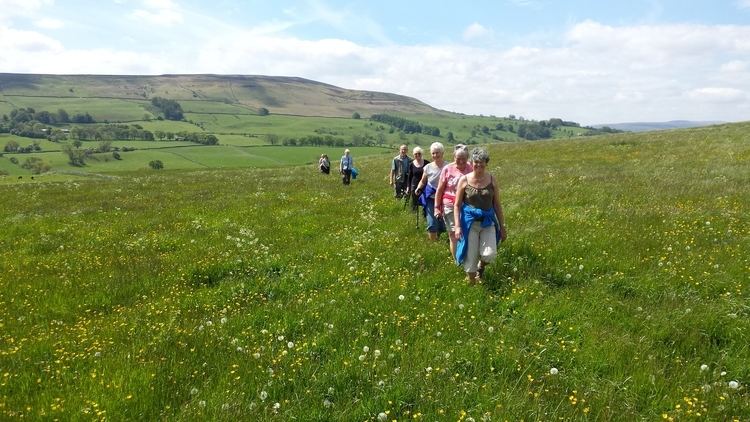
The Honour of Richmond comprised 782 manors throughout England. The Yorkshire portion was a compact unit of 199 manors and 43 outlying properties situated near the main roads from Scotland into the Vale of York. Northern England is said to differ from the other areas of the country and the difference between Breton and Norman lordship is seen as being a cause. Richmondshire became an appanage of the English Royal Family during the reign of Edward III of England. In 1525 Henry FitzRoy, 1st Duke of Richmond and Somerset (1519–1536) became Lord Warden of the Marches and Lord President of the Council of the North while living at Sheriff Hutton.
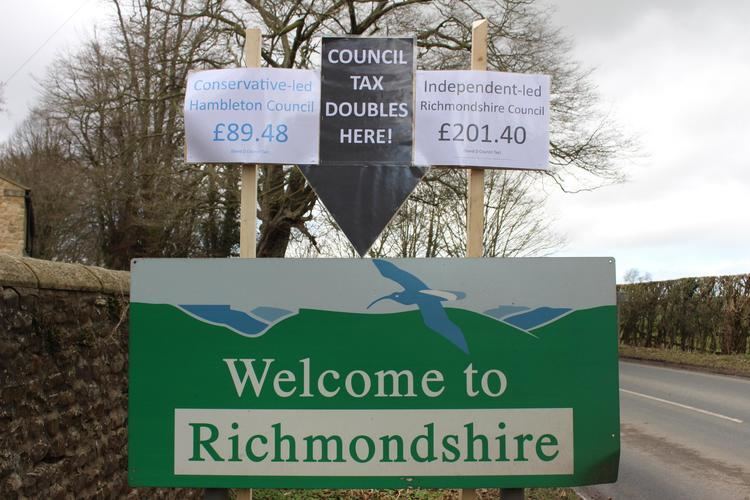
One of the most distinctive Christian names of Richmondshire folk is Marmaduke, but this is an old and fading tradition.
Ecclesiastical divisions
St. Paulinus baptised the locals in the River Swale and as a result, it was known as the "Jordan of England". Richmondshire is an archdeaconry which historically consisted of present-day Richmondshire and the Barony of Kendal in Westmorland, Copeland in Cumberland and what is now Lancashire north of Ribblesdale, such as Amounderness and Lonsdale. After originally composing part of the Diocese of York, it was transferred to the Diocese of Chester, before moving into the Diocese of Ripon and Leeds.
Modern history
The current district was formed on 1 April 1974, under the Local Government Act 1972. It was a merger of the municipal borough of Richmond with the Aysgarth Rural District, Leyburn Rural District, Reeth Rural District and Richmond Rural District along with part of the Croft Rural District, all in the North Riding of Yorkshire.
The Council was controlled by independent councillors until May 2003, when elections returned a council with no overall control (Conservative 11; Independent 9; Liberal Democrats 8; Richmondshire Independent Group 5; Social Democratic Party 1). Conservative John Blackie was elected as leader of the Council. In December 2005 Blackie was replaced by the leader of the Independent Coalition for Richmondshire, Bill Glover, following the resignation of several councillors from the Conservative group and the merger of the rival independent groups. As of May 2015 the council has been controlled by a Conservative administration.
Settlements
Richmondshire includes the major settlements of:
